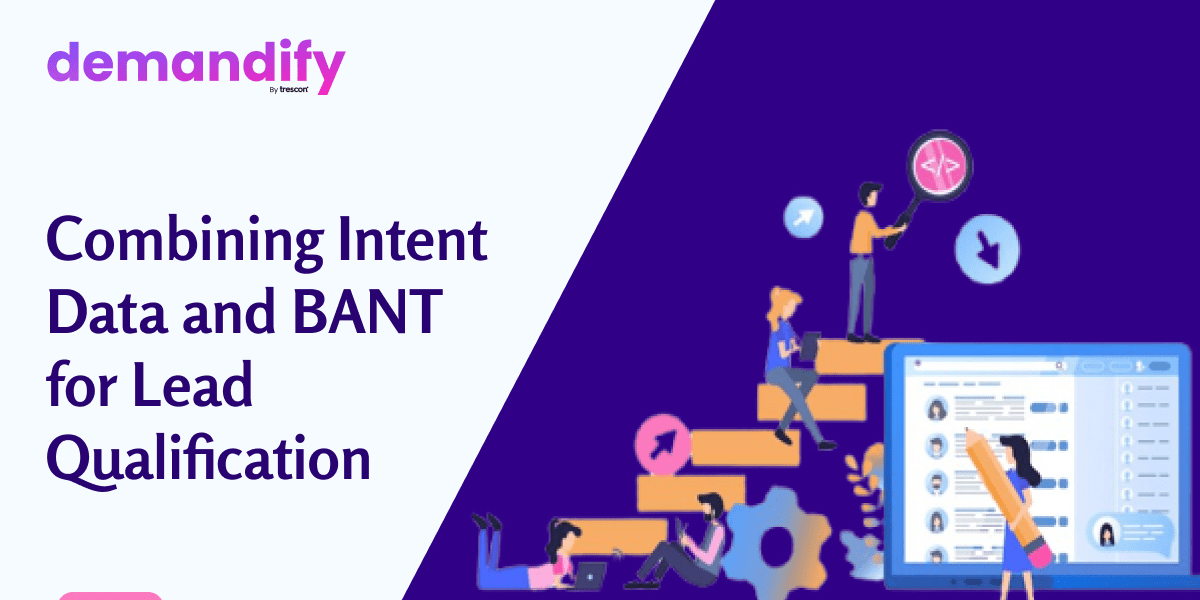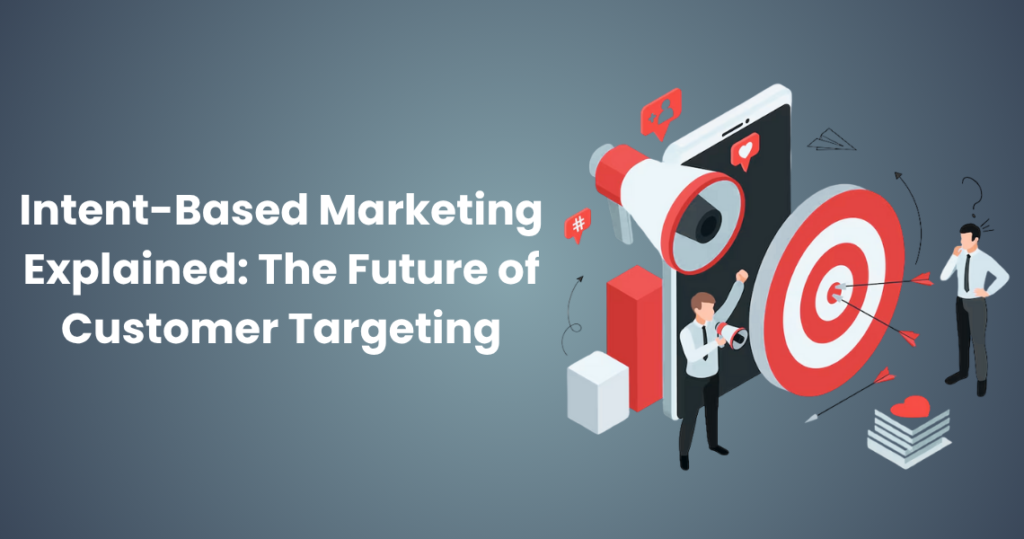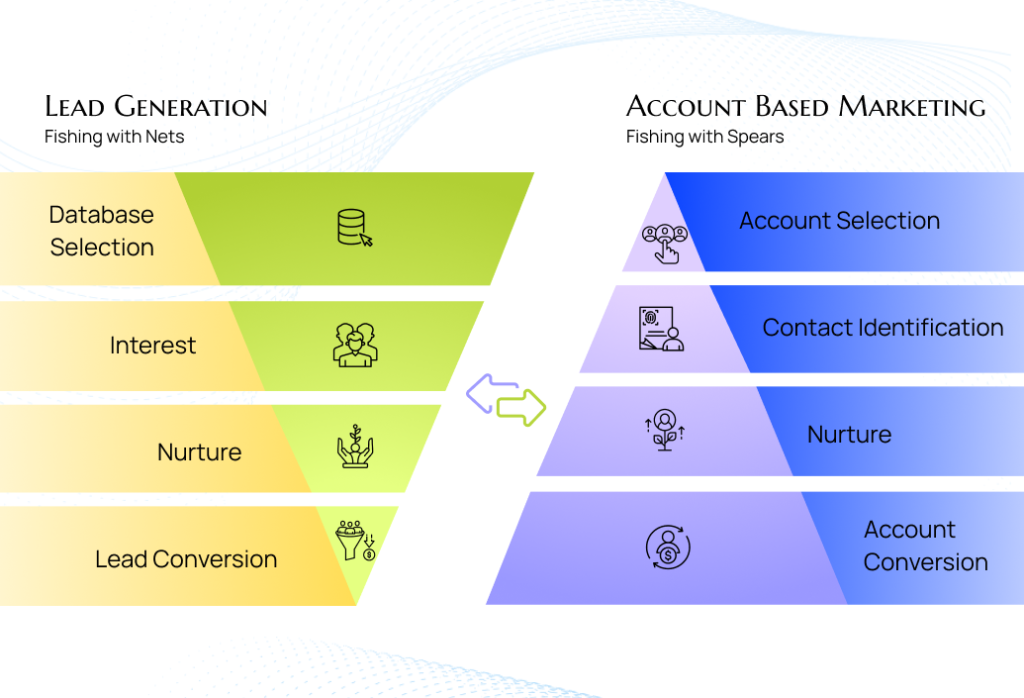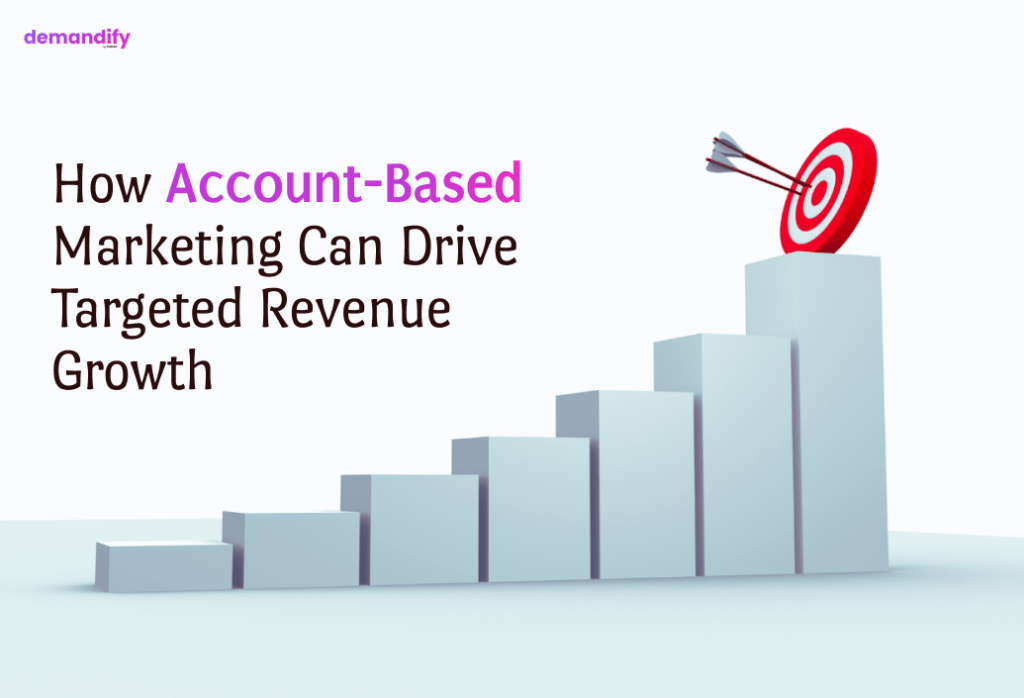Combining Intent Data and BANT for Lead Qualification.
In today’s competitive market, businesses must qualify leads efficiently to maximize their sales efforts. By combining intent data and the BANT framework (Budget, Authority, Need, and Timing), organizations can create a streamlined, data-driven approach to identifying high-quality leads and accelerating conversions.
What is Intent Data?
Intent data refers to behavioral signals that indicate a prospect’s interest in specific products or services. These signals come from activities such as:
- Visiting relevant web pages
- Downloading content like whitepapers or eBooks
- Searching for industry-specific keywords
- Engaging with emails or ads
Intent data reveals which prospects are actively in the buying journey, allowing sales and marketing teams to prioritize outreach.
What is the BANT Framework?
The BANT framework is a classic lead qualification model that focuses on four key criteria:
- Budget: Does the lead have the budget for your solution?
- Authority: Is the lead a decision-maker or influencer?
- Need: Does the lead clearly need your product or service?
- Timing: Is the lead ready to make a purchase soon?
BANT helps sales teams focus on leads most likely to convert.
The Power of Combining Intent Data with BANT
While BANT effectively qualifies leads based on internal conversations, intent data adds an external layer of insights by revealing real-time buyer interest. Here’s how they complement each other:
1. Identify Prospects with Intent Data
Intent data helps you spot prospects who are actively researching solutions similar to yours. By targeting these leads, you focus efforts on individuals already exhibiting buying signals.
2. Qualify Leads Using BANT
Once intent signals are identified, use the BANT framework to qualify leads further. For example:
- Check if they have the budget to purchase.
- Verify if they have the authority to make decisions.
- Confirm their need for your product or service.
- Assess their timing to ensure readiness to buy.
3. Prioritize High-Intent Leads
Combining intent data with BANT enables you to prioritize leads who show both interest and qualification. These leads are more likely to convert, improving sales efficiency.
Real-World Benefits
- Improved Lead Quality: Intent data narrows the focus to engaged prospects, while BANT ensures they meet conversion criteria.
- Faster Sales Cycles: Sales teams waste less time on unqualified leads and focus on prospects closer to making a purchase.
- Personalized Outreach: Intent data allows you to tailor messaging to specific interests, making outreach more relevant and impactful.
Conclusion
Combining intent data with the BANT framework revolutionizes lead qualification by blending behavioral insights with proven sales criteria. This powerful approach ensures sales and marketing teams focus on leads most likely to convert, saving time and driving better results. As businesses refine their lead generation strategies, leveraging intent signals with BANT will be essential for staying ahead of the competition.









